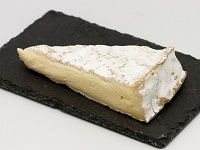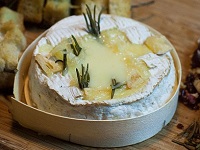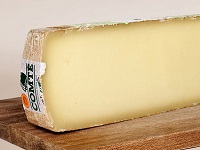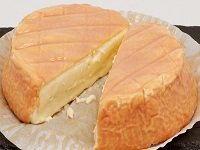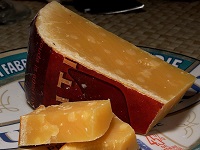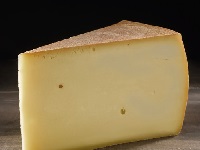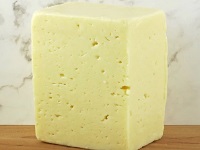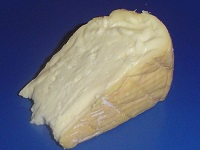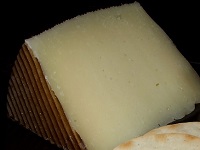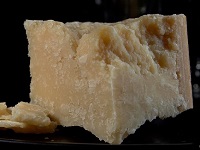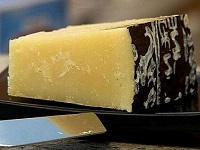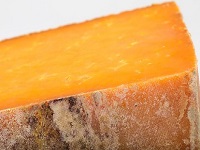Tsitska Qvevri (Georgian Republic)
The Tsitska grape is well-suited for both stainless-steel fermentation and qvevri winemaking.
In its amber or qvevri form, it transforms into a bold, textural wine suited to rich, earthy dishes.
Tsitska Qvevri Flavors
Tsitska Qvevri has lively fruit aromas:
Orange |
Melon |
Apple |
Starfruit |
Kiwi |
Chamomile |
Herbs |
Hazelnuts |
Flavors from Qvevry Maturation
Intriguing nose of dried yellow fruits, ripe quince, and exotic spices.
Dried Fruit |
Quince |
Tea Leaves |
Spices |
Tsitska Qvevri Profile
Tsitska Qvevri is characterized by balanced acidity, refined body and tannins:
| SUGAR: | Dry (3 g/l) |
| BODY: | Medium - Full |
| TANNINS: | Medium |
| FRUIT: | Medium - High |
| ACIDITY: | Medium |
| ALCOHOL: | 13-14% ABV |
| Serving temperature: 12-14°C (54-57°F) | |
Tsitska Qvevri Food Pairing
Finger Food |
Grilled Vegetables |
Mushroom Soup |
Wrap |
Pork |
Duck |
Chicken |
Cheese |
Excellent Pairings
Roast Chicken or Duck with Herbs.
Mushroom dishes.
Grilled mushrooms.
Onions. Garlic.
Chicken and Poultry in Creamy Sauce.
Pork and Veal in Creamy Sauce.
Hazelnuts. Cashew. Pecans. Coconut.
Aged and Nutty Cheeses.
Georgian Specialities

Chicken in Bazhe sauce
Bazhe (Walnut sauce-based dishes).
Eggplant with Walnut paste.
Chanakhi (Lamb and vegetable stew).
The Ideal Glass for Tsitska Qvevri
The Chardonnay Glass was designed for enjoying full-bodied white wines. They have a wider bowl and a tapered top to enhance the buttery and oaky notes found in aged wines.
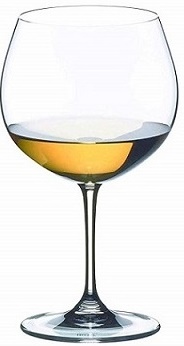
|
The wide bowl steers the wine to the sensitive parts of the tongue, ensuring that the acidity creates a harmonious balance with the sweet aromas of the wine. The wide bowl allows the full bouquet of aromas to develop. It also reduces the risk for over-concentrated aromas. |
Tsitska Qvevri Cheese Pairing
Brie or Camembert
These creamy, rich cheeses complement the full, round mouthfeel of a full-bodied Tsitska Qvevri. The buttery flavors in both the wine and the cheese enhance each other beautifully.
Gruyère and Comté
The nutty, slightly sweet flavors of these cheeses pair well with the complex fruit and oak characteristics of a full-bodied white wine. The firm cheese texture adds a pleasant contrast to the richness of the wine.
Munster And Époisses
A rich and pungent washed-rind cheese provides a bold contrast to the refinement of a full-bodied Tsitska Qvevri.
Aged Gouda
Aged Gouda, with its caramel and butterscotch notes, matches the depth and complexity of a full-bodied Tsitska Qvevri. The wine’s acidity helps balance the cheese’s rich flavors.Havarti
The creamy and mild flavor of Havarti pairs well with the rich and buttery texture of a full-bodied Tsitska Qvevri, making for a delightful and balanced pairing.
Aged Cheeses
The crystalline texture and savory, nutty flavor of aged chesses will complement the undertones of a full-bodied Tsitska Qvevri.
If You Like Tsitska Qvevri
You May Also Like:
Georgian Grapes
Tsitska
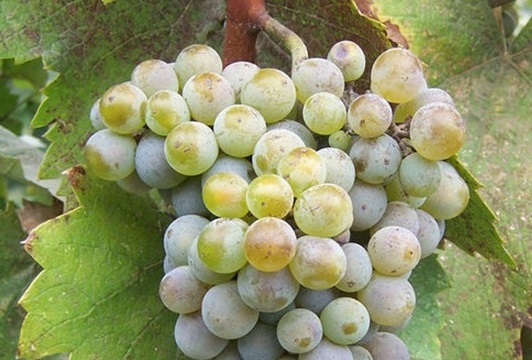
Tsitska is a white grape variety from the Imereti region in Western Georgia, which is known for its cooler climate and fertile, limestone-rich soils.
The grape is often planted on slopes at moderate altitudes (200–500 meters), which help maintain acidity in the grapes due to cooler temperatures.
It is primarily used to produce dry white wines, though it is occasionally blended (often with Tsolikouri or Krakhuna) or made in sparkling wine and amber (skin-contact) styles.
Tsitska is well-suited for both modern stainless-steel fermentation and traditional qvevri winemaking, which can significantly change its profile.
In classic style, it offers crisp, floral, and citrusy wines perfect for light fare and seafood. In its amber or qvevri form, it transforms into a bold, textural wine suited to rich, earthy dishes.
Tsitska Qvevri Flavors
Lemon Zest |
Apple |
Pear |
Plum |
Kiwi |
Chamomile |
Herbs |
Mineral |
